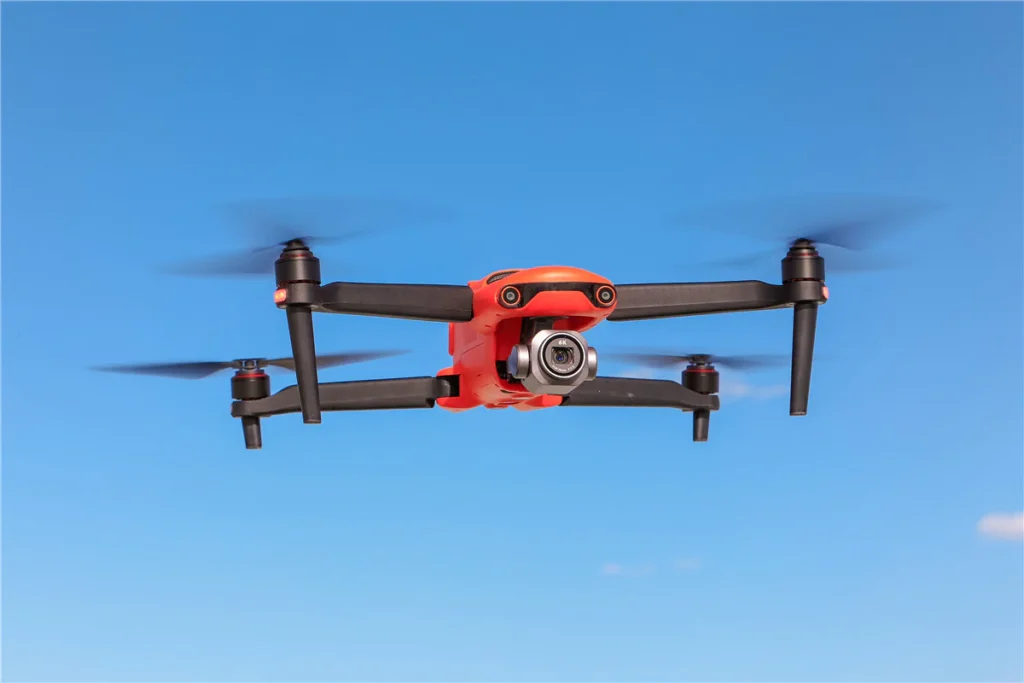Drones have become incredibly popular gadgets, allowing people to capture stunning aerial footage and explore the world from a new perspective. But before taking flight, it’s crucial to understand how weather conditions can affect your drone and your ability to fly safely.
Wind Speed:
One of the most important weather factors to consider is wind speed. Strong winds can easily blow a drone off course or even cause it to crash. It’s generally recommended to fly your drone when the wind speed is below 20 mph (miles per hour). If the wind is too strong, it’s better to wait for calmer conditions.
Rain and Moisture:
Flying a drone in the rain is a big no-no. Water can damage the delicate electronics of your drone and cause it to malfunction or crash. Even if your drone is water-resistant, it’s best to avoid flying in rainy conditions. Moisture in the air can also affect visibility and cause fogging on your drone’s camera lens, so be cautious in humid environments.
Temperature:
Extreme temperatures can impact the performance of your drone’s battery. Cold weather can cause the battery to drain faster, reducing your flight time. On the other hand, hot weather can cause the battery to overheat, which can be dangerous. Try to fly your drone in moderate temperatures for optimal performance.
Thunderstorms and Lightning:
Flying a drone during a thunderstorm is extremely risky. Lightning can strike your drone, causing it to malfunction or even catch fire. Additionally, strong winds and heavy rain associated with thunderstorms can make it difficult to control your drone. Always check the weather forecast before flying and avoid flying near thunderstorms or during lightning storms.
Visibility:
Poor visibility can make it difficult to see and control your drone, increasing the risk of accidents. Avoid flying in foggy conditions or low visibility situations. If you can’t see your drone clearly, bring it back to a safe location immediately.
Altitude and Terrain:
Be mindful of the altitude and terrain where you plan to fly your drone. High-altitude locations may have stronger winds, while flying near tall buildings or mountains can create turbulence. Always scout the area beforehand and be aware of any potential obstacles or hazards.
Conclusion
In conclusion, understanding weather conditions is essential for safe drone flights. Always check the weather forecast before flying and use common sense to assess whether it’s safe to take off. By being aware of the weather factors that can affect your drone, you can enjoy flying safely and capture amazing aerial footage without putting yourself or others at risk.

